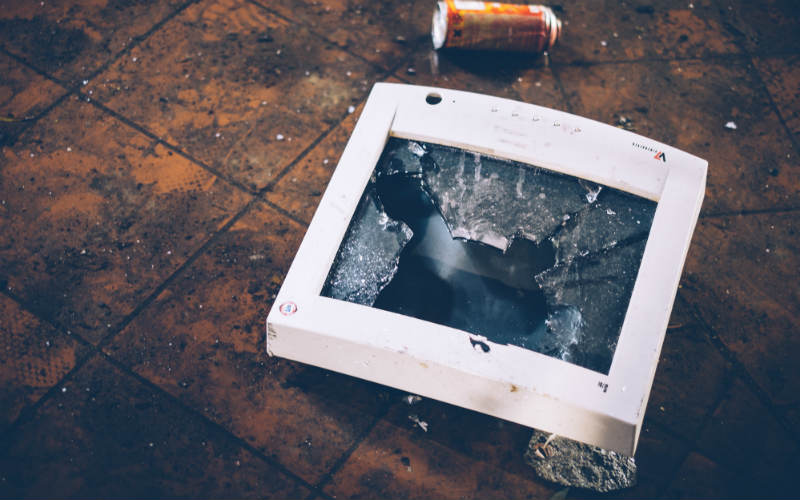The study commissioned by Gateway Bank found the average Australian spends $1,460 every year replacing household items – stats that are not good for the pocket or the planet.
The perceived high cost of getting items fixed made 45% of us opt to replace household items, while 35% said they wanted a newer model, and 30% said they thought the broken item couldn’t be fixed.
In a bid to fix our throwaway society, consumer rights advocates are fighting to make manufacturers adhere to a ‘right to repair’ law, which would require them to produce goods of high quality that can be easily repaired.
Consumer Affair Minister, Shane Rattenbury last month took the proposal to the Consumer Affairs Forum, arguing a national approach to the issue is necessary.
It comes amid increasing amounts of consumer waste going straight to landfill as more companies manufacture goods that are deliberately designed to be replaceable in order to maximise sales – a strategy known as ‘planned obsolescence’.
Gateway Bank CEO, Lexi Airey says the solution lies in the resurgence of a repair and reuse movement.
“There is a common misconception that repairing household items is not worth the cost or will end up costing you more in the long term, but oftentimes this isn’t the case.
“Repair Cafes were founded in Europe a decade ago to encourage people to consume less while giving them the skills and knowledge they needed to fix household and personal items themselves.
“Since then, over a thousand Repair Cafes have popped up around the world, including Australia. They present just one of many options that can help people save money by teaching them how to repair objects on their own with the bonus of acquiring a lifelong skill. You can’t put a price on that.”
More than half (55%) of people surveyed in the Gateway Bank study said they would be interested in using a Repair Cafe to learn how to fix their broken household items if it meant they could keep their items rather than having to buy new ones.
Only 18% of people said they wouldn’t bother using a Repair Cafe.



 Denise Raward
Denise Raward


 Harry O'Sullivan
Harry O'Sullivan
 Aaron Bell
Aaron Bell

